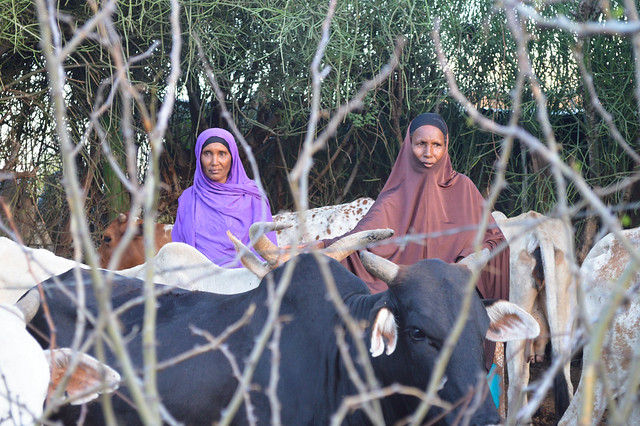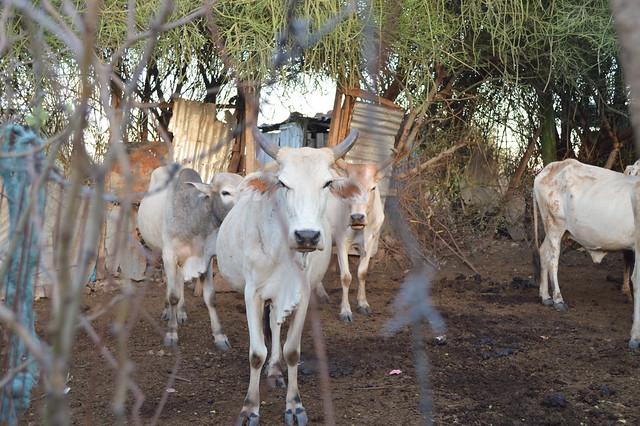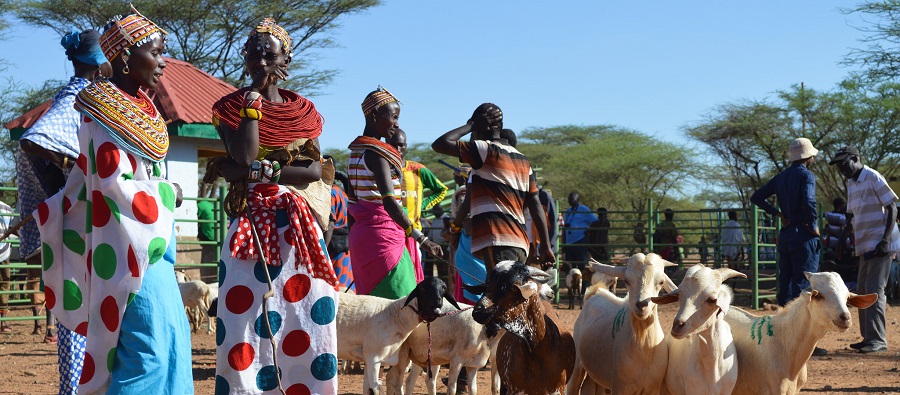Before drought hit northern Kenya in 2016, Dahira Ali, 50, had 300 sheep. By the time the rains broke, though, she had lost 150 because there was not enough fodder on the parched lands to feed them, while the other 150 were too weak to sell.
Pastoralists like Dahira are used to facing two droughts every year, the first of which normally breaks by the end of March after bringing devastating losses for herders who depend on livestock.
The weeks before the rains come are filled with stress and anxiety as pastoralists wait for signs that forage will recover enough for their animals to graze upon before the next dry spell.
But a technology-driven project called CLIMARK, funded by the Technical Centre for Agricultural and Rural Cooperation (CTA), is helping pastoralists defy the drought before their losses even start to add up.
CTA has worked with the International Livestock Research Institute (ILRI) and Takaful Insurance of Africa to roll out insurance that pays out whenever forage levels drop too low to sustain herds.
Using satellite imagery, the project monitors land and rainfall every 10 days to assess whether there is enough grass for grazing cows, sheep and goats. When there is not, the insurance pay-out is triggered to help pastoralists buy feed for their animals.

Dahira Ali has received payments every year since she first took out insurance in 2017.
“I could have lost all of my animals,” the mother of seven said. “I used the payment to buy feed, and food for my employees.”
Working across nine counties in Kenya, including the largest county of Marsabit, Takaful has insured almost 20,000 pastoralists working with sheep, goats, camel and cattle since 2013, paying out a total of Ksh73 million (US$720,000).
Habiba Jattani, 55, relies on selling a cow to pay her children’s school fees but this is made harder during the drought when the cow is weaker.
“The little I receive from the insurance is helpful,” she said. “I buy a piece of land to graze the cows.”

Another challenge faced by the pastoralists is knowing where the rains will fall and produce better fodder.
CTA’s CLIMARK project also set out to improve access to weather and advisory information via a service available as an SMS in local languages, an app for smartphones and an online dashboard, with greater accuracy than local weather stations.
The service, MyAnga, was developed by technology company Amfratech and agricultural intelligence firm aWhere to help pastoralists anticipate drought conditions and find areas with pasture, as well as providing market information.
“It helps a lot,” said Kaltuma Hassan, 42, who has 200 goats and 20 cows. “When I saw the SMS, I knew today the market sale is better, so then I called the workers and told them the market is good.”
The service is in its pilot stage, currently reaching more than 200 pastoralists with the SMS system but with plans to develop a subscription service to reach more households.
“More than 20 million people in the Horn of Africa survive on livestock,” said Thomas Obiero Were, CLIMARK project manager, CTA. “Every year there’s a drought, causing them to lose 40 per cent of their livestock.
“The idea behind CLIMARK was to harness technology to help pastoralists be better prepared and more resilient. A drought should no longer be a humanitarian emergency.”



